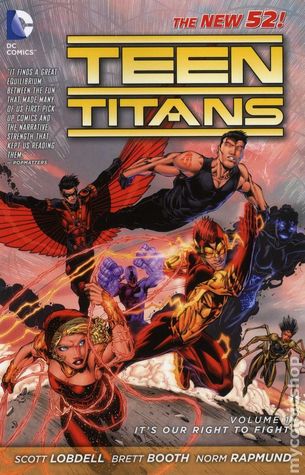 |
| Even the most successful superhero films risk losing momentum |
Dear Marvel,
There’s no disputing that you’re currently in the lead when
it comes to live-action films. You’ve smashed the box office and given Marvel
fans something to gloat about. The thing is; DC doesn’t see this as a defeat-
even if Marvel fans think it is. They see it as a challenge; one that, if
rumours are to be believed, they might just meet.
Last month I wrote an article listing some of the ways I
felt that DC could pull ahead of the competition, so it seems only fair that I
do one on what you need to do to stay ahead of DC.
| The scariest villain we never cared about. |
Change it up
So you’ve had a few films leading up to The Avengers, and then... BAM! THE
AVENGERS!
It was a pretty successful business model.
But here’s the problem; do something too many times, and it
becomes stale- especially if DC does the exact same thing just as well. So keep
us on our toes, try not making your single-character films lead-ups to the next
Avengers. Try making Avengers 3 right off the back of Age of Ultron. Keep your system varied,
and you will surprise your pundits. Trust me, the worst thing you can do at the
moment is let this thing get stale.
| When the cast for Avengers 3 looks like this, it's time to stop. |
Know when to stop
Indiana Jones was
awesome... for three movies. Star Wars
was awesome... in the original trilogy. Even Harry Potter started to get a little silly after the third film.
And let’s not even get started on Rocky.
There will come a time when you need to stop creating Avengers films so much. As great as
Robert Downey Jr was in Iron Man, you were wise to call it quits after Iron Man 3. Can I go so far as to
suggest that perhaps we don’t need an Ant
Man 2? That, maybe, you don’t absolutely have to have Guardian of the Galaxy 2? Maybe you do, but will be a time when you
need to quit, or at least tone it down for a while.
The box office is a fickle
place, true believers.
| Remember these guys? They need help too. |
Help Fox and Sony
Okay, it should be clear that you are NEVER getting your X-Men franchise back. Spider-Man? Not likely, buddy. And don’t
even try getting your hands back on The
Fantastic Four. But that doesn’t mean you can’t push them in the right
direction. Send Matt Fraction as a consultant for FF. Get Dan Slott to give his
two cents on Sony’s Spidey script. Let Brian Michael Bendis discuss the X-Men
with Fox. I know, you’ve got this Avengers
thing going now, but you have a lot of prodigal sons to look after. So care for
them!
It’s not just because you want to look after your franchises
though. Those of us whose memories go back before 2008 remember that there were
some pretty awful Marvel movies out there. For every Iron Man, there was a Daredevil.
For every Thor, there was a Spiderman 3. For every Avengers, there was a Fantastic Four: Rise of the Silver Surfer.
You’ve had a lot of Marvel based movies made, but- and let’s be blunt- not all
of them were box-office smashes. There has been a considerable amount of X-Men: The Last Stand and Elektra’s out there.
Yeah, Elektra.
Wanna talk to me about how bad Green
Lantern was again?
| Tony Stark is blown away that The Avengers don't need him. |
Let Iron Man be
finished
Again, Marvel, Robert Downey Jr. makes a great Iron Man, but
four movies later I know I’m getting a little sick of him.
Thing is, his presence in The Avengers kinda usurped the impact of all the other characters.
It was Robert’s movie and the others were just in it. Don’t make that mistake
with Age of Ultron. By all means use
him. By all means give us a couple of witty quips, but if you cop out of Iron Man 3’s ending by giving having
Tony Stark construct a new suit because the Avengers “need him” (hint: they
don’t they have a WWII hero, a god and a furious rage-monster), you are gonna
leave us with a bad taste in our mouths.
Okay, so that’s hardly an exhaustive list, but they’re
things that need to be considered. You’ve set up a very competitive
environment, Marvel, and we thank you for that but DC’s not going to roll over
and die because you put out a couple of good films. You still need to up your
game, because I guarantee you, DC is.
Best wishes,
Tom Fulcher



